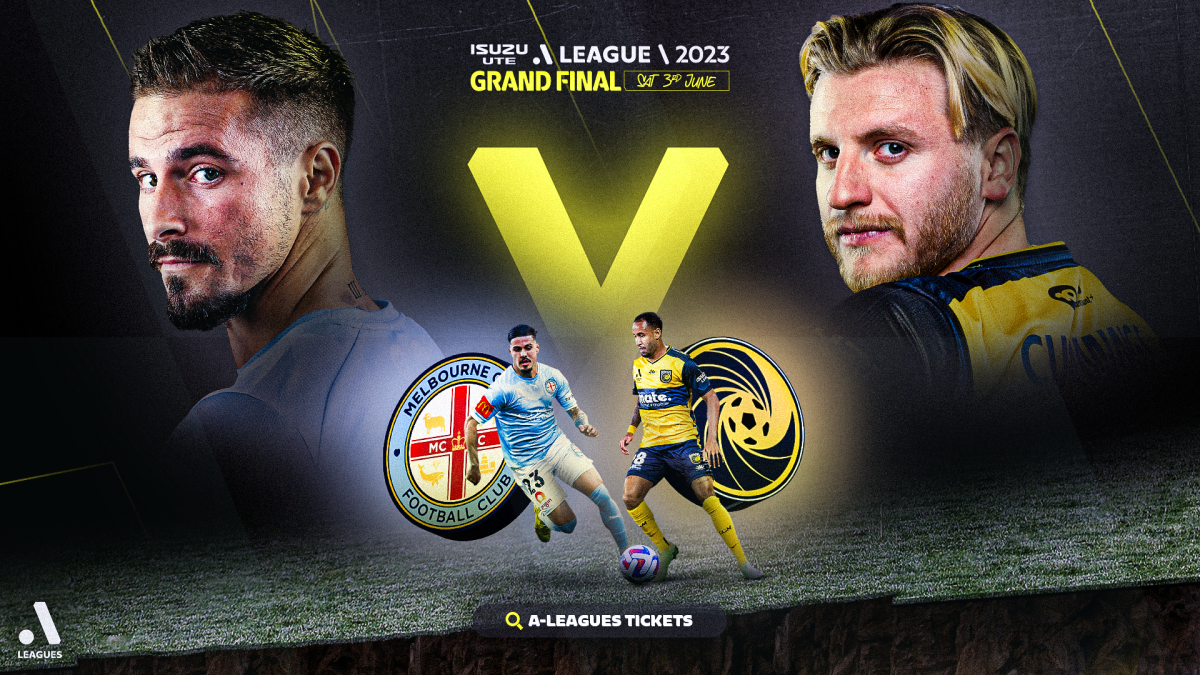Sydney FC captain hangs up his boots after more than 350 games and numerous trophies. Tom Smithies pays tribute.
In the end, the retirement of Alex Wilkinson epitomises the career of Alex Wilkinson – little fuss, with an efficacy that only grows in retrospect, and always for the benefit of his team.
The news that Wilkinson has retired after 21 years, more than 350 A-League games, 45 in the NSL, 86 more in Korea and 16 Socceroos caps, brings down the curtain on a quietly but hugely distinguished career.
Sydney FC’s captain for the past three years, he has been a natural leader in every team he has adorned since his debut for Northern Spirit in the NSL in 2002 aged just 18. He was the actual captain of the Mariners at 21, and once wore the Socceroos armband, albeit for a half-hour towards the end of a game.
Wilkinson could have gone on for another year, and no doubt it was tempting – every ex-professional tells you that retirement is a much longer proposition than their playing days. But now he quits on his own terms, an ever-present when fit this season, and to a backdrop of figurative applause from teammates, opponents and fans for his service to the game.

On a personal level, Wilkinson’s haul of honours is extensive: an unprecedented five premierships and three A-League titles, an FFA Cup, two K-League titles and an Asian Cup with the Socceroos. The fact he was Sydney FC’s player of the year in 2020-21, and in the PFA’s team of the season three times, shows the esteem in which his fellow professionals held him.
It’s easy to wonder if he might have been more widely celebrated if he was born Italian, for much of his game was built on the anticipation of danger and an uncanny positional sense for how to combat it. That more than offset a relative lack of pace; he knew usually where he had to be and when in plenty of time.
You could also wonder if he might have made more appearances for his country had Ange Postecoglou become Socceroos coach earlier; Pim Verbeek’s Euro-focus counted against him, and Holger Osieck had no interest in looking at a wider talent pool than the aging one he inherited. Postecoglou immediately took Wilkinson to a World Cup and threw him straight in, just as every one of his leaders has trusted Wilkinson to do the job.
No coach held him in higher esteem than Graham Arnold, who couldn’t believe his luck when Wilkinson left Melbourne City as a free agent in 2016 and was snapped up by Sydney FC. The rest is a very garlanded history, and Arnold summed up why Wilkinson was so important a couple of years ago when Wilkinson notched up 300 A-League appearances.

“He’s a great player and an even better guy,” Arnold said. “As a coach you know what you’ll get from him in terms of his ability to read play, his determination, and his leadership.
“But probably the best thing you can say is that he’s always had the knack of making those around him even better players.”
That much was obvious in the way Sydney FC improved defensively once he came back from injury this season, and reiterated what a fine reader of the game he has always been. Every coach regarded him as a lieutenant on the field, able to see issues and suggest ways to combat them, but also a natural organiser.
His leadership is just as evident off the field, where he has been a vocal and articulate voice for the players as president of the PFA in tackling issues from homophobia in sport to the threat to livelihoods of the COVID outbreak. His has been a progressive voice, helping to lead Australian footballers in taking strong stances on inclusion and human rights.
All of that means there are many ways he can continue to be involved in the game. The vision he showed under fire on the field can be just as effective off it.
BUY TICKETS TO THE GRAND FINAL





